May 3, 2024 | 16:54 GMT +7
May 3, 2024 | 16:54 GMT +7
Hotline: 0913.378.918
May 3, 2024 | 16:54 GMT +7
Hotline: 0913.378.918
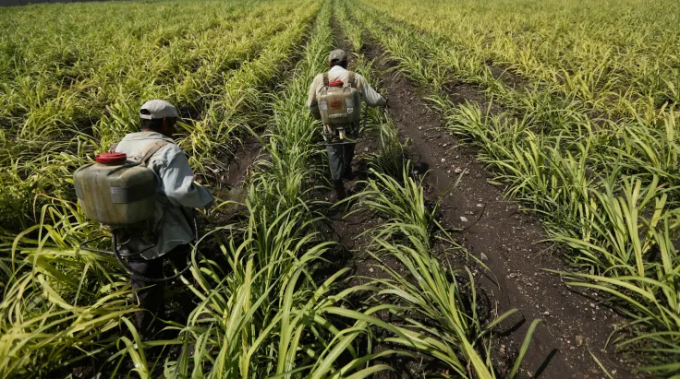
Workers spray fertilizer in a sugar cane field in Zacatepec de Hidalgo, in Morelos state, Mexico, May 31, 2017. Picture taken May 31, 2017. Photo: Reuters
Prices for raw materials that constitute the fertilizer market — ammonia, nitrogen, nitrates, phosphates, potash and sulphates — are up 30% since the turn of the year and now exceed those seen during the food and energy crisis in 2008, according to British commodity consultancy CRU.
Russia and Ukraine are among the most important producers of agricultural commodities in the world, with exportable supplies in global foodstuff and fertilizer markets concentrated in a small number of countries.
In 2021, Russia was the world’s top exporter of nitrogen fertilizers and the second-largest supplier of both potassic and phosphorous fertilizers, according to the U.N. Food and Agriculture Organization.
Trade between Russia and the rest of the world has not stopped, but has been severely disrupted as importers and vessel charterers steer clear of the country in light of the invasion of Ukraine, CRU Head of Fertilizers Chris Lawson said on Tuesday.
Russia, which accounts for around 14% of global fertilizer exports, has temporarily suspended outgoing trade, which is expected to have a strong ripple effect across global food markets.
“Furthermore, gas is a key input for fertilizer production. High gas prices have resulted in a curtailing of production in regions such as Europe, further constricting an already tight market,” Lawson said.
Meanwhile, sanctions on Russian-ally Belarus have substantial implications for the potash market, with Russia and Belarus contributing a combined 40% of annual traded volumes.
“Since the beginning of 2020, nitrogen fertilizer prices have increased fourfold, while phosphate and potash prices over threefold,” Lawson explained.
“While farmers in developed markets have benefitted from high agricultural commodity prices, helping to partly offset high input prices, demand destruction is increasingly likely due to high prices and supply shortfalls.”
Economies around the world are already dealing with historically high inflation driven largely by soaring food and energy prices. The U.N. Food and Agriculture Index shows food prices are at an all-time high, and Lawson suggested that a prolonged period of fertilizer shortage will affect longer-term farming yields.
“Given the already tight grains and oilseeds market, and the importance of both Russia and Ukraine in those markets, food price inflation is an increasingly prominent risk,” he added.
Prior to the threat of reduced supplies from Russia and Belarus, fertilizer prices had already been facing upward pressure from global supply chain disruptions, a Chinese export ban and a Canadian rail strike.
‘More severe consequences’
While much of the focus of discussions around price spikes in the wake of Russia’s invasion of Ukraine has been dominated by energy, the supply shock to fertilizer, wheat and other grains is expected to compound the problem.
In a research note earlier this month, Barclays Chief U.K. and Senior European Economist Fabrice Montagné and Head of Economics Research Christian Keller suggested that “the breadth and intensity of this supply shock could have more severe consequences than previous commodity price spikes, by broadening inflationary pressure.”
“Food and fertiliser production have a high energy content owing to mechanisation, industrialisation and transport, but they also compete with other industries for raw inputs: the production of biofuel, for example, diverts crops away from agri-food while the production of lithium-ion batteries requires chemicals used in the production of P-fertiliser,” they said.
“Finally, renewed shipping and transportation difficulties and, more importantly, the impact of Russian sanctions on global supply are set to stretch global markets even further, akin to the 2008 global food crisis.”
Global food prices increased sharply in 2007 and into the first quarter of 2008, triggering economic and political instability and social unrest across nations, both in developed and emerging economies.
The impact, Barclays suggested, will be “extremely asymmetrical” with most emerging market economies disproportionately affected by food and fertilizer supply risks.
However, that is not to say that developed economies and investors will not be affected, with punitive Russian and Western economic sanctions inevitably reducing supplies of energy, grain and fertilizer.
In a note Friday, Wells Fargo Head of Global Real Assets John LaForge and Global Strategist Gary Schlossberg said given the weight of Russian supply, other countries will only be able to “partially” fill global supply gaps.
Wells Fargo expects the food impact to be felt globally, becoming particularly troublesome for select emerging countries.
“Overall, the current commodity wars, we believe, will lead to higher and more persistent inflation around the world, including in the U.S.,” they said.
“However, we think a U.S. recession is unlikely because low trade volumes with Russia should leave the U.S. in a comparatively stronger economic position.”
(CNBC)
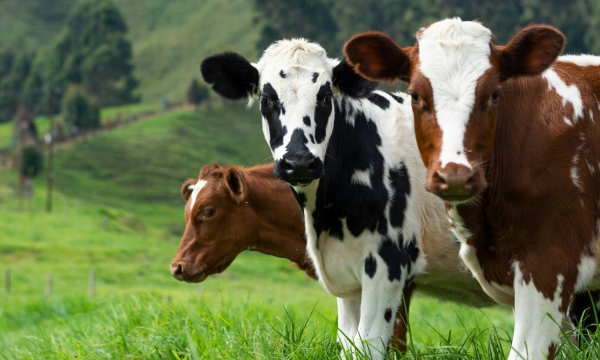
(VAN) Representatives with multiple agencies including the CDC, the United States Department of Agriculture and the Food and Drug Administration on May 1 discussed the latest news about bird flu in the U.S.
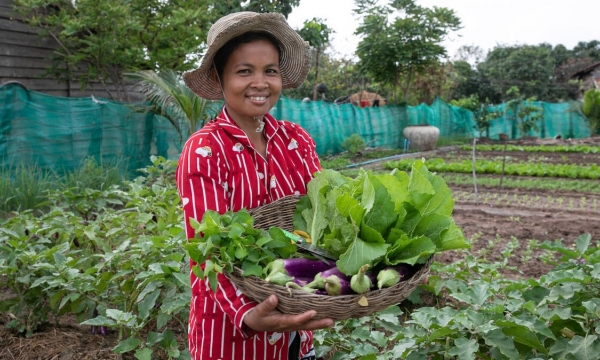
(VAN) Approved by the UN General Assembly, it will increase awareness of the crucial role women farmers play in agrifood systems.
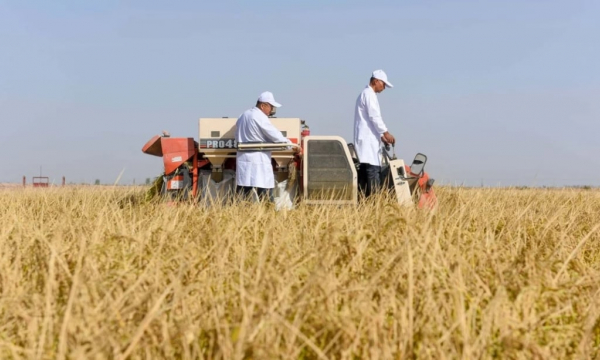
(VAN) Chinese scientists have cut the growth cycle of a conventional rice variety in half in a desert greenhouse in Xinjiang, a welcome agricultural innovation for Beijing as it seeks new methods to ensure food security.
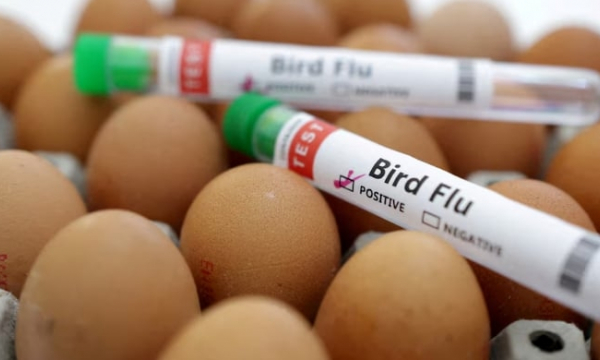
(VAN) Preliminary results of tests on additional dairy products show that pasteurization inactivates the bird flu virus, the U.S. Food and Drug Administration said on Wednesday.
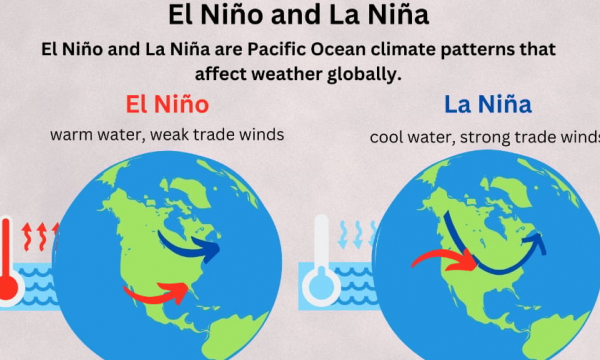
(VAN) At UNGA-ECOSOC event, FAO Deputy Director-General emphasizes the key role of anticipatory action in protecting and equipping communities ahead of shocks.
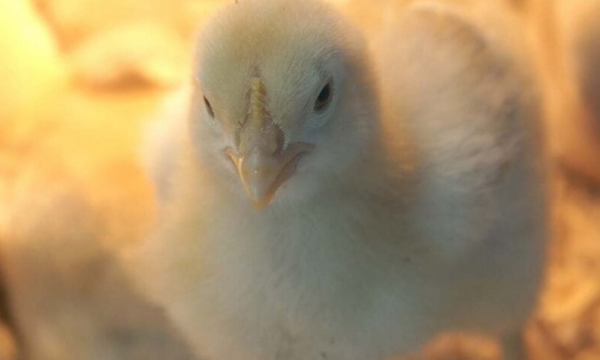
(VAN) Despite protein reduced poultry feed – better performance parameters and less burden for the environment!
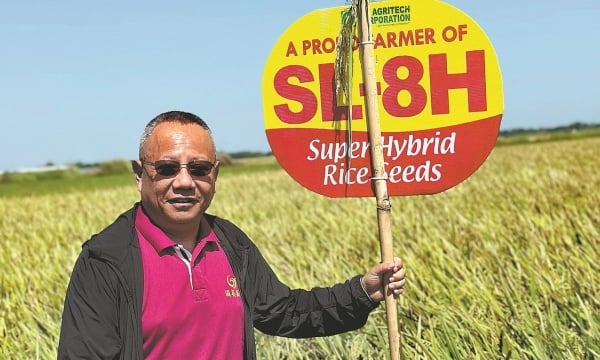
(VAN) The increased yields of a hybrid rice strain developed in China have helped countries participating in the Belt and Road Initiative to bolster their food security.